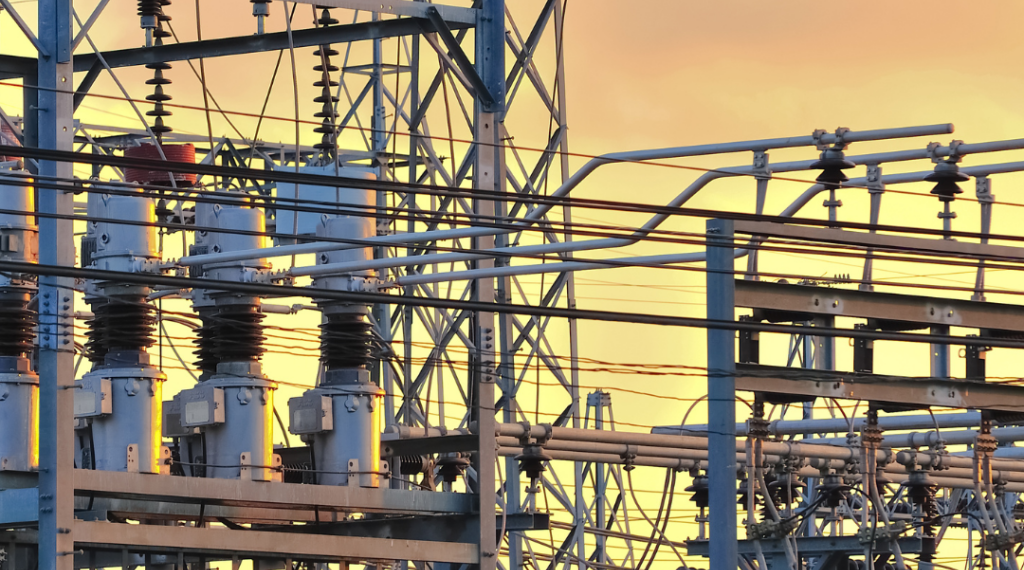Sen. Francis Escudero wants power generation companies (gencos) to own up to any unjustified outage.
Accountability measures, he said, should be in place to address any unreasonable or unjustified downtime resulting from negligence, incompetence or internal issues within these companies.
He stressed that the Department of Energy (DOE) and the Energy Regulatory Commission (ERC) should press the gencos to explain the massive brownouts which have drawn the ire of consumers.
“They should be compelled to provide transparent explanations and justifications for any unplanned outages,” he said.
“The DOE and ERC should rein in the gencos to stay true to their scheduled outages and should be required to explain and justify the reasons behind these forced outages,” added the Senator.
According to Escudero, the DOE and ERC must enforce stricter oversight on gencos to ensure compliance with their scheduled outages.
“No amount of ancillary or stand-by power can guarantee sufficient supply nor be able to stabilize the grid if this forced outages continue to persist unchecked,” he added.
The National Grid Corp. of the Philippines (NGCP) has placed the Luzon grid on red and yellow alerts and the Visayas grid on yellow alert after 42 power plants either stopped supplying electricity or reduced their output.
For his part, Sen. JV Ejercito questioned gencos about the shutdown of 20 plants at the same time.
“Did they talk about it or was it deliberate?” he asked.
Ejercito tied the problematic situation with foreign investments.
“They want to see good infrastructures and services and stable power supply with reasonable price,” added Ejercito.
“If we want to be competitive, we have a lot of catching up to do. Energy has to be included in the masterplan,” he said .
He said The Electric Power Industry Reform Act (EPIRA) should be reviewed.
“EPIRA promised stable power supply, lowering the cost of energy but what happened was only privatization,” lamented Ejercito, noting that the stability of supply never occurred.
According to the Senator, nuclear or renewable energy will do to give the country stable power supply.
“Pwedeng mixed renewable and nuclear. Renewable is good but it is intermittent and we can’t rely on it. Perhaps, it should be 70-30 percent mixed,” he said.
He is also open to reviving the controversial Bataan Nuclear Power Plant (BNPP) “but we have to make sure there are security standards. “
As this developed, the Senate Energy Committee will start on May 6 its investigation on the alarming power supply issue which causes massive brownouts in several parts of the country.
Committee chairperson Sen. Raffy Tulfo also cited the declaration of red and yellow alerts in the Luzon, Visayas, and Mindanao grids by the National Grid Corporation of the Philippines (NGCP).
In his Senate Resolution number (SR) 1008, Tulfo said they want to determine the cause of power plant outages and unscheduled shutdowns and hold accountable erring government agencies, generation companies, and other relevant industry players.
Likewise, the Senator likes to ensure that the resulting increases in market prices of electricity shall not be shouldered by the consumers and that proper measures and interventions are being undertaken.
Last April 25, NGCP placed the Luzon grid under yellow alert when 19 power plants were on forced outage, while one was running in derated capacity.
Tulfo said this resulted in 2,117.3 megawatts (MW) unavailable to the Luzon grid.
On the other hand, NGCP placed the Visayas grid under yellow alert as 24 power plants were on forced outage, while 12 other plants were running on derated capacities.
Last April 24, the NGCP also placed the Mindanao grid under yellow alert as nine plants were on forced outage, while five other plants were running on derated capacities.
He related other instances in which NGCP put grids under nationwide alerts.
While the Luzon, Visayas, and Mindanao grids were placed on red and yellow alerts, he pointed out that several areas experienced temporary power interruptions.
A red alert is issued when the power supply is insufficient to meet consumer demand and the transmission grid’s regulating requirement, while a yellow alert is issued when the operating margin is insufficient to meet the transmission grid’s contingency requirement.
“It is important to determine the cause of the insufficiency of power supply to meet consumer demand, including the cause of power plant outages and unscheduled shutdowns,” he said in his SR 1008.
As early as April 16, Tulfo already coordinated with the NGCP to ensure that the corporation, along with the DOE, will strictly monitor the generation companies to avoid brownout.
Meanwhile, the Independent Electricity Market Operator of the Philippines (IEMOP) noted that placing both Luzon and Visayas grids on red and yellow alerts has also caused market prices to increase from 5.55 pesos per kilowatt hour (kwh) to 13.39 pesos per kwh in Luzon.
The market price for Visayas went up from 5.73 pesos per kwh to 14.64 pesos per kwh.
































